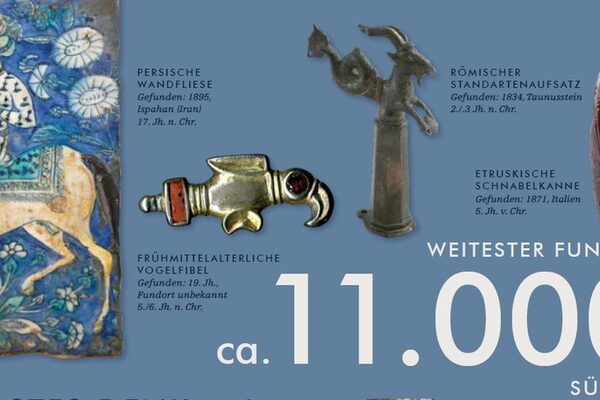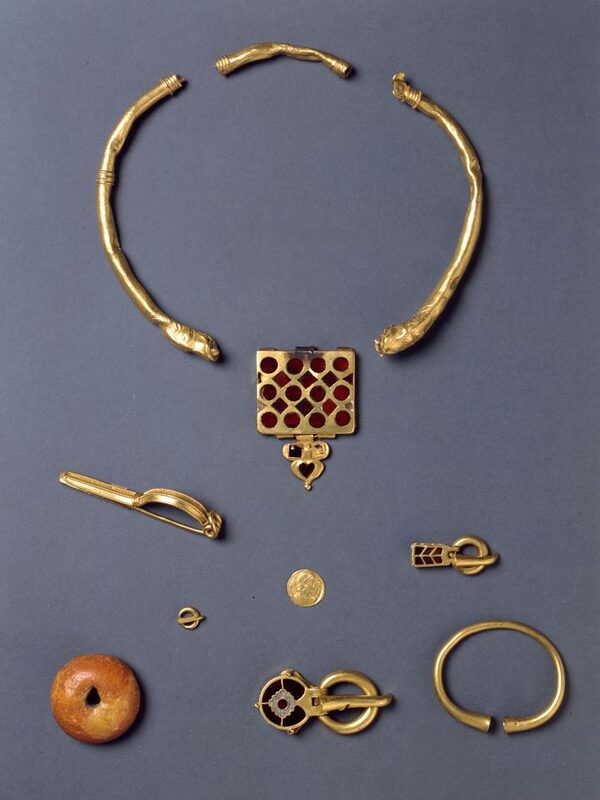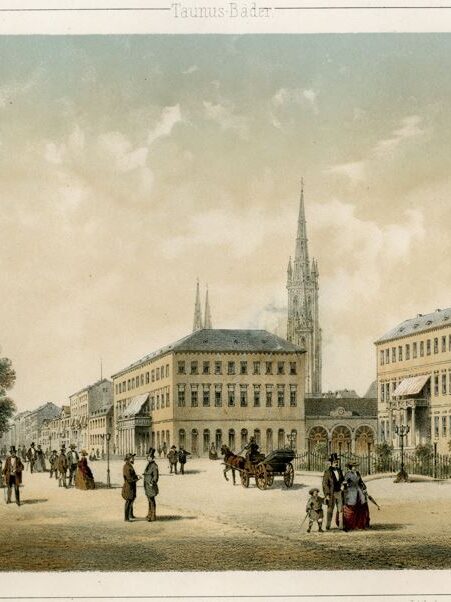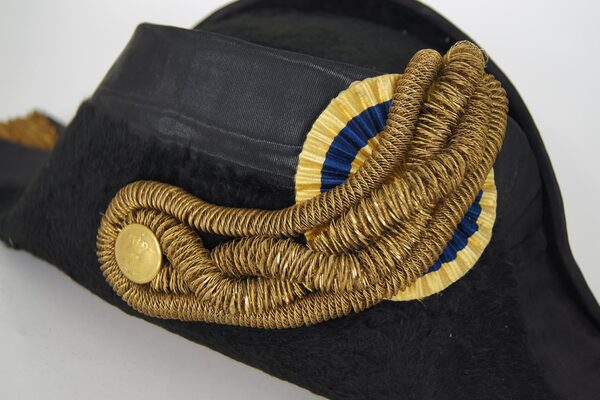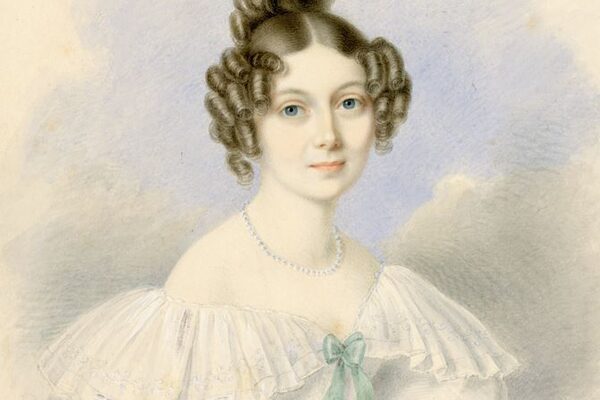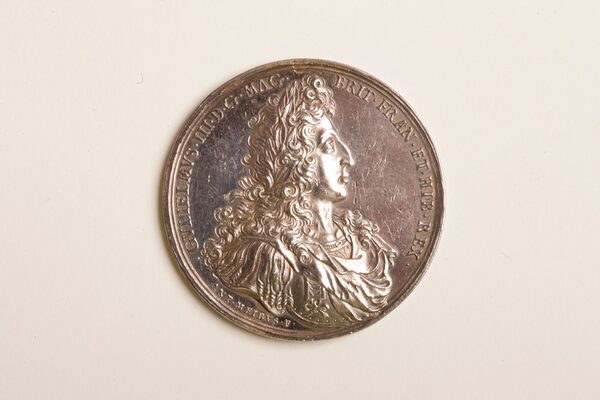Collection of Nassau Antiquities
The Nassau Antiquities Collection (SNA) is the City Museum's most valuable "treasure". The treasure chamber in the permanent exhibition as well as the permanent exhibition of the city museum display outstanding pieces from the SNA, one of the most important cultural-historical collections in the region.
Collection of Nassau Antiquities
The SNA has its origins in the purchase of the collection of the Frankfurt baron Johann Isaac von Gerning in the 1820s.
The care of the cultural-historical and archaeological part of the Gerning collection was transferred to the Verein für Nassauische Altertumskunde, whose members developed a lively collecting activity. In particular, they undertook numerous archaeological excavations in Nassau and the neighboring regions.
Over the decades, donations and purchases transformed the relatively small, heterogeneous Gerning collection into the regional history-oriented SNA, which is now run by the Wiesbaden City Museum Foundation. The Nassau Antiquities Collection comprises around 350,000 objects and is divided into the following areas:
Archaeology
The archaeological finds in the collection of Nassau antiquities, comprising around 240,000 items, certainly represent the most extensive holdings in the collection.
Graphics, paintings, photos
With around 40,000 objects, the Nassau Antiquities Collection contains extensive holdings of prints, photographs, paintings, documents and plans relating to people from Nassau's history, especially the various branches of the House of Nassau, but also to important buildings in Wiesbaden and the surrounding region.
Arts and crafts
The arts and crafts objects in the collection range from ivory works from the High Middle Ages to 19th century historicist objects. The objects from the collection of the art historian August Demmin form a special part of the collection.
Militaria
The weapons, uniform parts and other objects relating to Nassau's military history form a separate collection.
Nassau and Wiesbaden
The holdings of the Nassau Antiquities Collection are almost all closely related to historical Nassau and its former residence and capital Wiesbaden
Numismatics
With around 15,000 coins and medals, the numismatic collection is one of the most important in the Rhine-Main region. It has two main focuses: On the one hand, archaeological finds, especially from the Roman period, and on the other, coins and medals relating to the House and Duchy of Nassau.
Sculptures
With around 90 medieval and early modern sculptures and stained glass windows, the city museum has a small but fine collection. In addition to the objects that August Demmin collected from all over Europe, the focus is on works from the area between the Main and Westerwald rivers.
Dolichenus temple found in Frankfurt
What does a temple of the god Jupiter Dolichenus excavated in Frankfurt have to do with the "sam - Stadtmuseum am Markt"? Quite a lot, because the famous altar piece of Dolichenus from the Nassau Antiquities Collection of the Wiesbaden City Museum probably comes from this temple found by Frankfurt city archaeologists in Frankfurt-Heddernheim. The bronze votive triangle dates from around 175 AD and shows the god in military garb standing on a bull. The votive triangle was discovered back in the 19th century during excavations and investigations of the surface of the ancient city of Nida in what is now Frankfurt-Heddernheim and the team at the Stadtmuseum is very excited to see what the Frankfurt colleagues will find in the temple district.
Collections
sam - City museum on the market
sam - Stadtmuseum am MarktStiftung Stadtmuseum Wiesbaden
Address
65183 Wiesbaden
Arrival
Telephone
Opening hours
Tue to Sun 11-17 h
Thu 11-20 o'clock
Administration
Wiesbaden City Museum Foundation
Bierstadter Str. 1
65189 Wiesbaden
